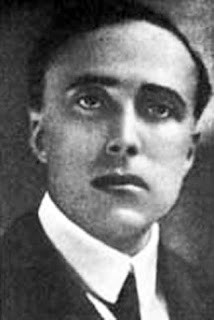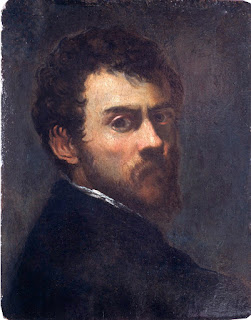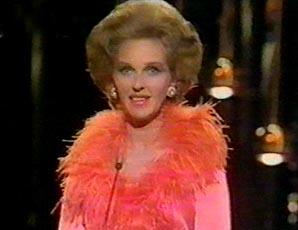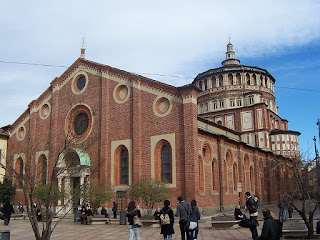Politician kidnapped and murdered by Fascist thugs
 |
| Giacomo Matteotti |
A brave and historic speech made in the Italian parliament on this day in 1924 marked the start of a crisis for Benito Mussolini's Fascist government.
The young socialist politician who delivered the speech, denouncing the Fascist victory in the general election held in April of that year as having been won through fraud and violence, was subsequently kidnapped and murdered.
Giacomo Matteotti, the 29-year-old founder and leader of the Unified Socialist Party, accused Mussolini's party of employing thugs to intimidate the public into voting Fascist and said that changes to electoral law were inherently corrupt in that they were framed to make a
Mussolini government almost inevitable.
Matteotti, who had already written a controversial book about the Fascists' rise to power, knew the risk he took in making the speech and is said to have told colleagues they should "get ready to hold a wake for me" as they offered him their congratulations.
Less than two weeks later, on June 10, Matteotti was walking along the banks of the River Tiber close to his home in
Rome when he was attacked by five or six assailants who beat him up and bundled him into a car. He tried to escape but was repeatedly stabbed with a sharply pointed carpenter's wood file.
Matteotti's body was not discovered until August 16, buried in a shallow grave near Riano, about 30 kilometres outside Rome, but witnesses identified the car, which was found bloodstained and abandoned a few days after he was taken. Arrests soon followed, with the kidnap gang revealed to be members of Mussolini's secret police, the
Ceka.
There was public outrage at the murder, especially over the implication that Mussolini had ordered it himself, not only on account of the May 30 speech but because Matteotti was thought to have uncovered evidence that an American oil company was funding the Fascists in return for exclusive rights to Italy's oil reserves.
 |
Giacomo Matteotti is commemorated in the name of a
square in Bergamo in Lombardy |
Opposition politicians refused to attend the Chamber of Deputies and demanded that the King,
Victor Emmanuel III, dismissed Mussolini from power. But the monarch, anxious not to expose the country to possible civil war and wary, in any case, of the republican leanings of the socialists, declined to do so.
Already under pressure from extremists in his party to abandon all pretence to democracy and impose a dictatorship on the country, Mussolini saw the king's backing as a chance to strengthen his grip.
He made a speech accepting broad responsibility for Matteotti's death as head of the Fascist party while at the same time challenging his opponents to prosecute him if they thought he was directly linked to the crime.
When they failed to do so, he began to introduce laws that would ultimately outlaw any form of opposition to the Fascist regime, marking the start of totalitarian rule.
Three of the kidnappers were jailed, although Victor Emmanuel subsequently granted them amnesty. Retried after the Second World War, the three were sentenced again to 30 years in prison, although in none of the trials could it be proved that they acted on Mussolini's direct orders.
Matteotti's body, meanwhile, had been returned to his home town of Fratta Polesine, just outside Rovigo in the Veneto region, where he had enjoyed a comfortable upbringing in a wealthy family, his interest in left-wing politics taking hold after he had left to study law at the University of Bologna. He is buried in the family crypt.
 |
| Façade of the Villa Badoer in Fratta Polesine |
Travel tip:
A village of fewer than 3,000 inhabitants,
Fratta Polesine is notable for the Villa Badoer, built between 1557 and 1563 by the architect
Andrea Palladio for a Venetian nobleman, and the first to feature the temple-like façade that would become Palladio's hallmark.
Travel tip:
Matteotti's memory is preserved in streets and squares named in his honour all over Italy, one example being the
Piazza Giacomo Matteotti in in Bergamo, the elegant city north of Milan in Lombardy, where the street sign describes him as Martire della Libertà - martyr of freedom.
More reading:
The death of Mussolini
Victor Emmanuel III abdicates
(Photo of Villa Badoer by Marcok CC BY-SA 3.0)
Home















